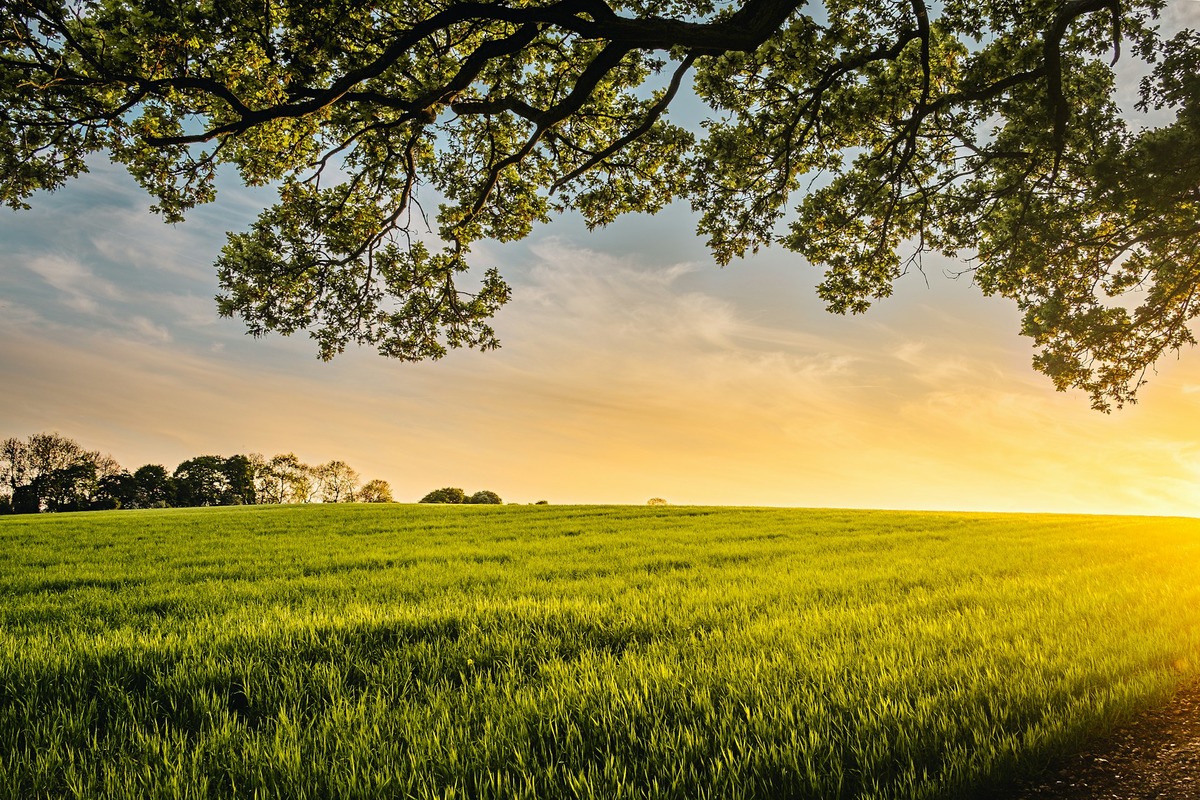Aurora Contemplates Annexation of Future Solar Farm Site in Land-Use Standoff with Aldermen and Kane County – Hoodline
In a move that pits traditional land use against renewable energy progress, Aurora is pushing to annex a 40-acre site earmarked for a solar farm, conflicting with its comprehensive master plan for residential estate development. Despite a 10-1 protest vote from the Aurora aldermen and subsequent recommendations by the Kane County Zoning Board of Appeals and the board’s Development of a comprehensive to move forward with the solar project, the City is exploring legal avenues to enforce its vision for the area, a report by Chicago Tribune notes. Alderman John Laesch, the sole dissenting voice supporting the solar initiative, expressed his stance in defiance of his colleagues’ majority decision, reflecting a rift within Aurora’s City Council.
Concurrently, the agricultural sector grapples with the rapid expansion of solar energy infrastructure, as installations increasingly edge into fertile farmland used to grow vital crops, making the land-use debate nationally resonant, with scientists exploring potential synergies between agriculture and solar generation, termed agrivoltaics. Although utility-scale solar is the fastest growing power source in the U.S., the adoption of this dual-use land strategy lacks simplicity, reports a research endeavor at Iowa State University highlighted by NPR Illinois emphasizes the challenges and ongoing studies in combining crop production with renewable energy.
The prospect of mixing food and electricity has prompted developers to attempt novel approaches, such as grazing sheep amidst solar panels yet, there remains a lack of actionable plans to fully implement these agrivoltaic systems on prime agricultural ground as voiced by farmer Scott Thellman, it’s a challenge to balance the competing needs of food production and energy infrastructure, without compromising the integrity and value of either.
Despite hurdles like increased humidity and limited space for traditional machinery, research indicates both energy yields and crop production could potentially benefit from this fusion. Iowa State University researchers, such as Matt O’Neal and Ajay Nair, are assessing how variations in solar panel height and placement affect plant growth, bee populations, and energy efficiency. “If you can cool down the arrays, you’ll get greater solar production,” stated Anne Kimber, suggesting that crops beneath the panels could provide cooling to enhance solar efficiency. However, the agrivoltaic concept remains nascent, with concerns that benefits purported during pitches to landowners like Scott Thellman may not yet be ready for large-scale, high-quality agricultural land application.


